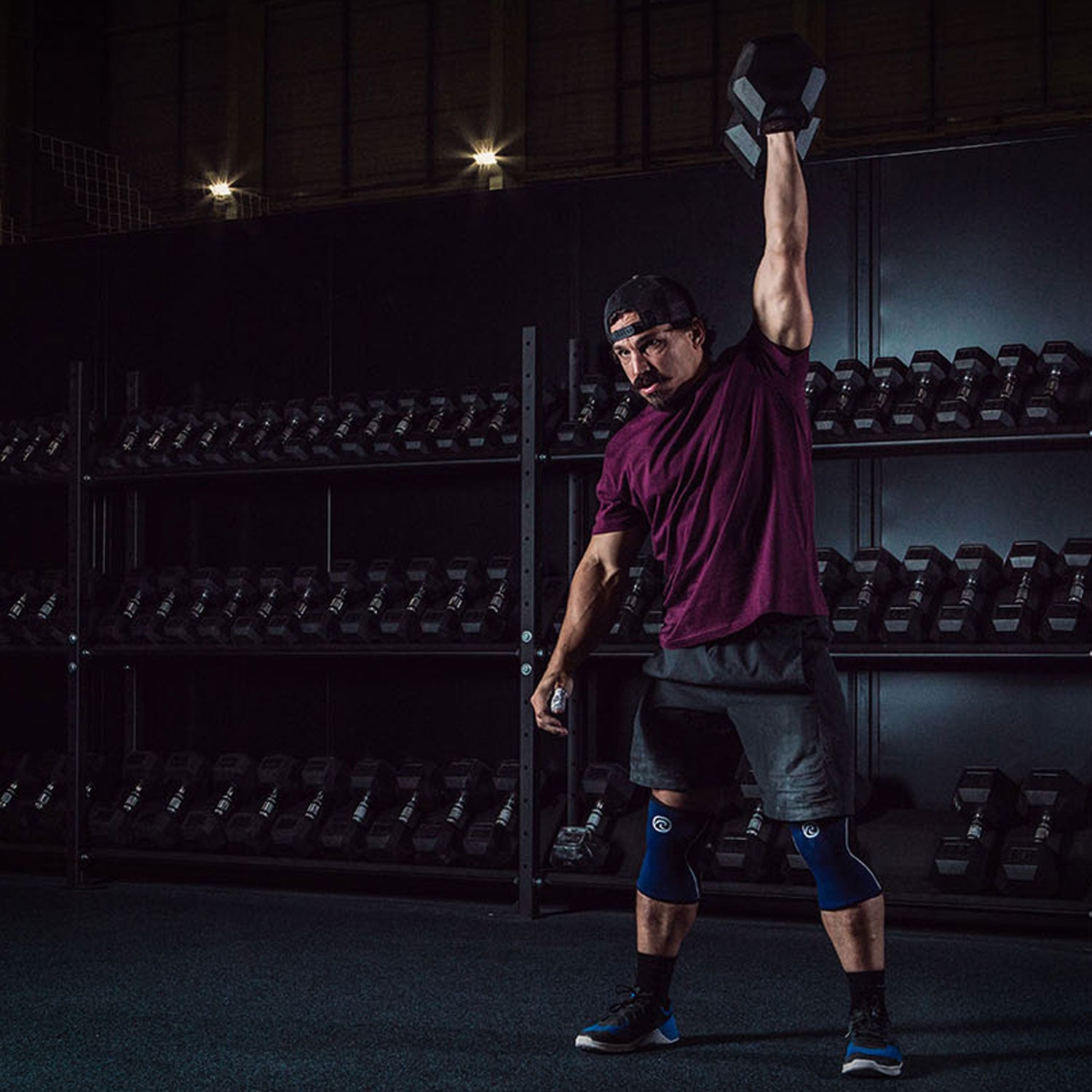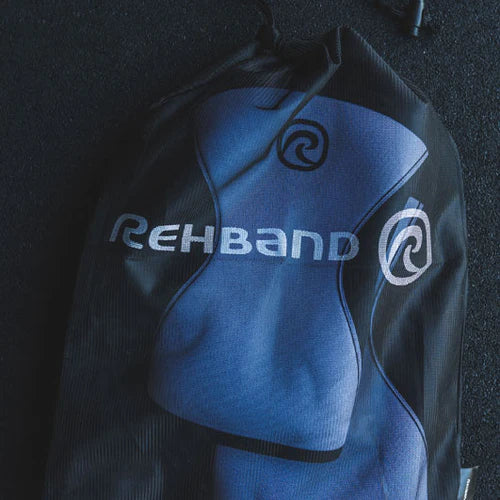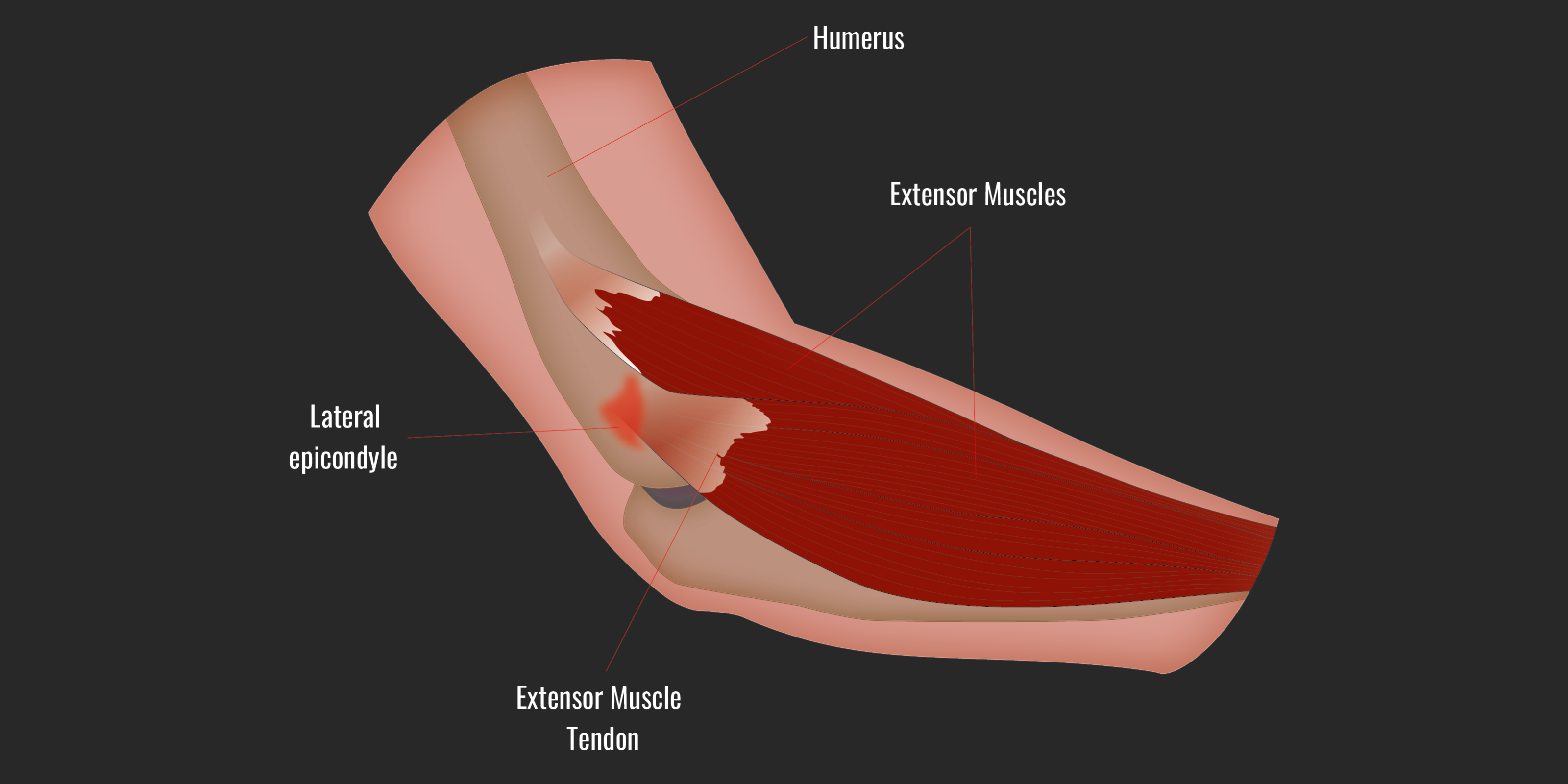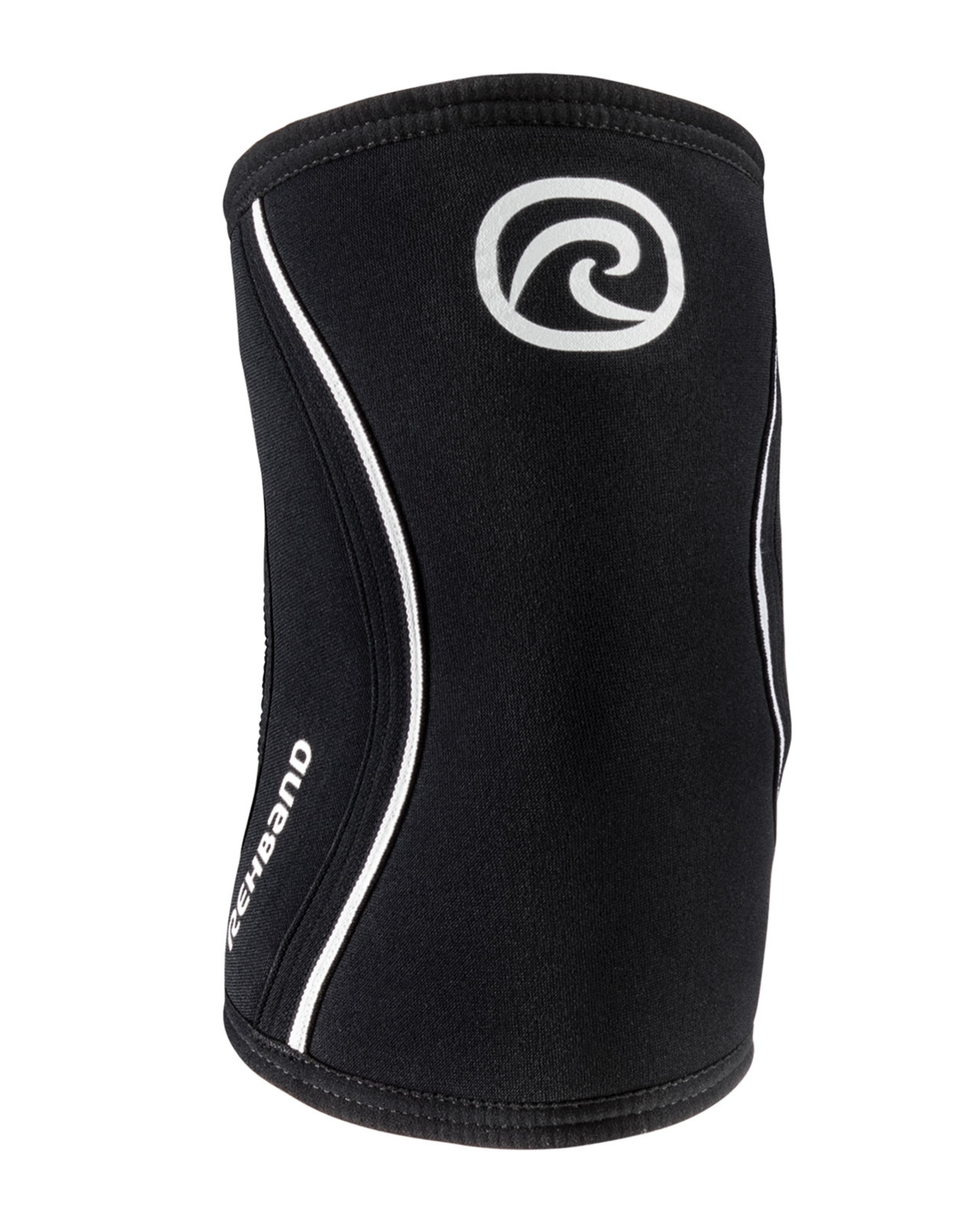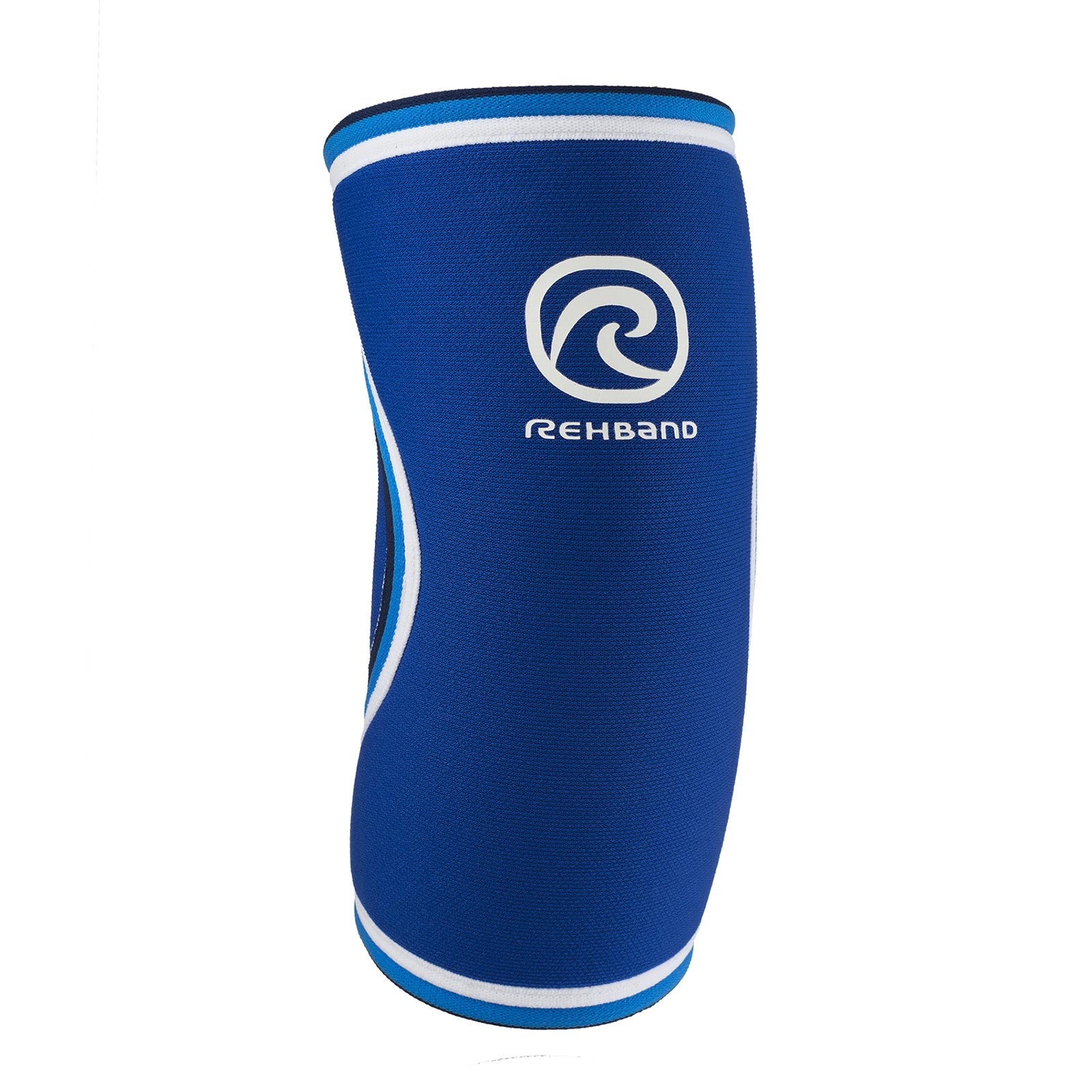Capire il gomito del tennista (Epicondilite laterale)
Il gomito del tennista, noto anche come epicondilite laterale, è una condizione caratterizzata da dolore nella parte esterna del gomito dovuto all'infiammazione dei tendini che collegano i muscoli dell'avambraccio al gomito. Il disturbo si sviluppa in genere a causa di un uso ripetitivo, in particolare dell'estensione del polso, che provoca piccole lacerazioni nei tendini. Con il tempo, queste piccole lesioni causano un disagio significativo, che spesso peggiora gradualmente. Sebbene sia più comune tra gli atleti, in particolare tra i tennisti, anche altre professioni che comportano movimenti ripetitivi delle mani, come gli imbianchini o i falegnami, sono soggette a questa patologia.
I sintomi del gomito del tennista possono manifestarsi in modo subdolo, con un dolore lieve che si intensifica nel tempo. Il dolore è solitamente aggravato da azioni come afferrare, torcere o sollevare oggetti. Inoltre, può insorgere una debolezza nella forza della presa, che rende difficile svolgere attività quotidiane come tenere una tazza o stringere la mano. Il fastidio si manifesta in genere sul lato esterno del gomito, ma può anche irradiarsi all'avambraccio o al polso. La maggior parte delle persone colpite ha un'età compresa tra i 30 e i 50 anni, anche se può verificarsi in chiunque esegua movimenti ripetitivi del braccio.
Trattamento e gestione del gomito del tennista
Il trattamento del gomito del tennista inizia spesso con misure conservative. Riposare il braccio colpito ed evitare le attività che scatenano il dolore è fondamentale per prevenire ulteriori danni. L'applicazione di ghiaccio per ridurre l'infiammazione e di farmaci antinfiammatori non steroidei (FANS) per alleviare il dolore sono approcci iniziali comuni. Nei casi più persistenti, può essere consigliata la fisioterapia, che comprende esercizi per rafforzare i muscoli dell'avambraccio. Nelle situazioni più gravi, quando i metodi conservativi non riescono a dare sollievo, si possono prendere in considerazione le iniezioni di corticosteroidi o addirittura l'intervento chirurgico.
Il ruolo dell'attrezzatura e della tecnica corretta nella prevenzione del gomito del tennista è altrettanto importante, soprattutto nello sport. L'uso di strumenti ergonomici sul posto di lavoro o la regolazione della racchetta nel tennis possono contribuire a ridurre lo sforzo sul gomito. I supporti a fascia, come i tutori, possono contribuire ad alleviare il dolore e a promuovere il recupero, offrendo una maggiore stabilità durante la guarigione.
